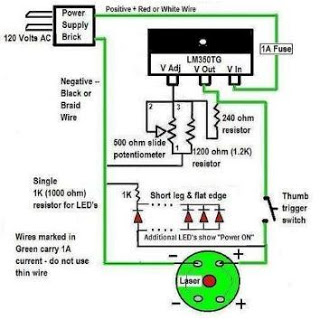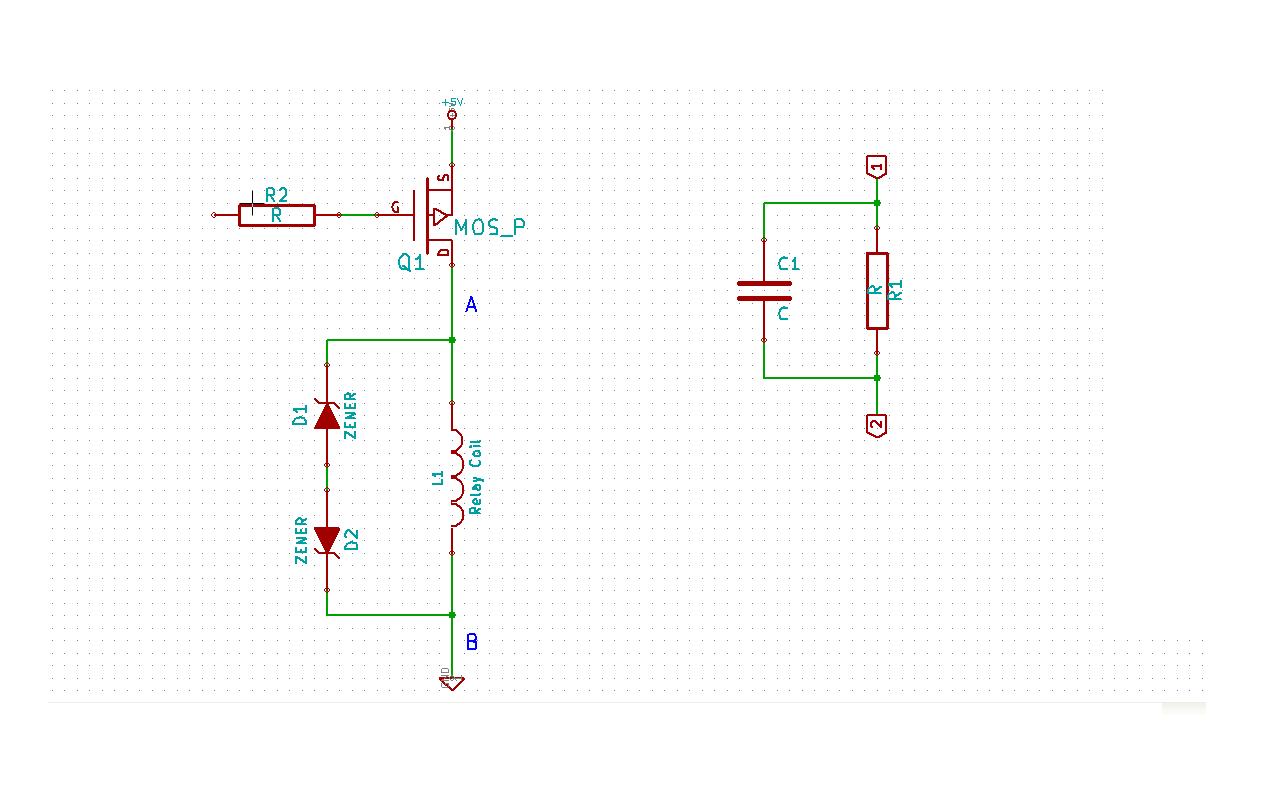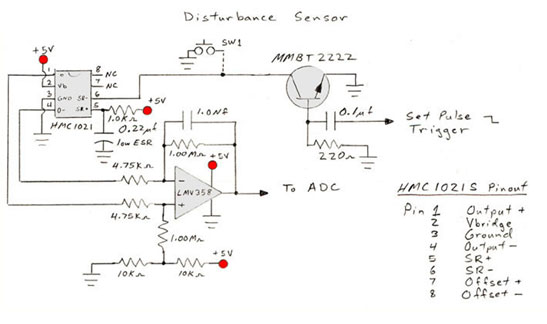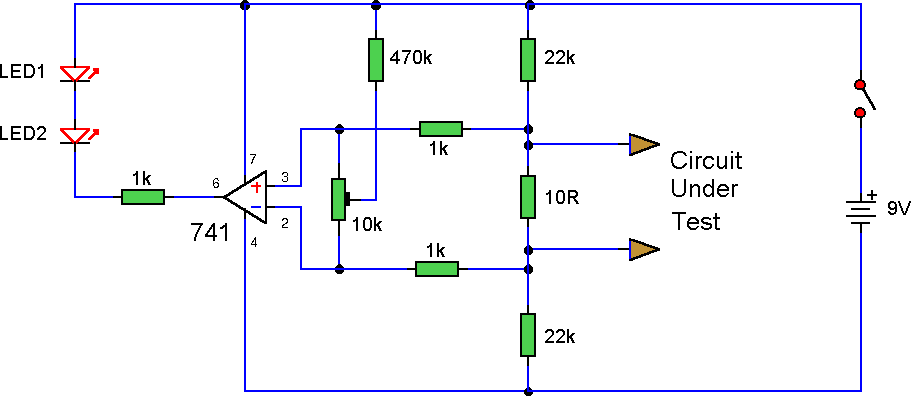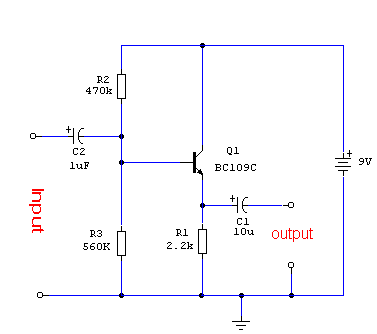
Zen Schematics
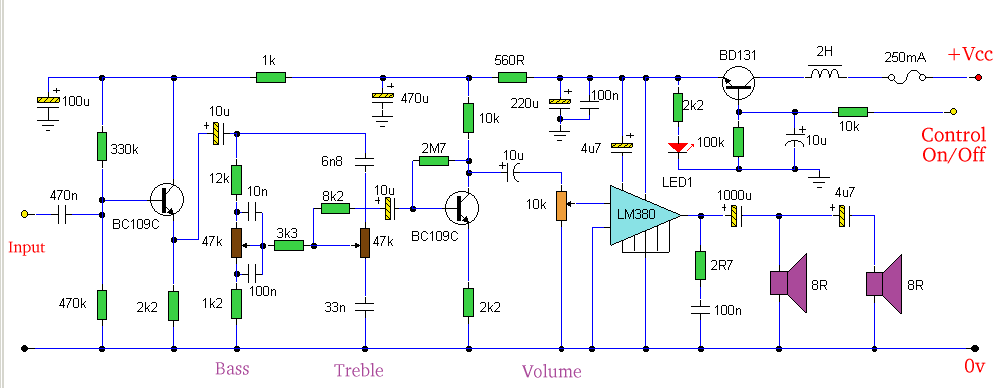
This index is organized alphabetically by each word, excluding prepositions. For instance, the "Frost Alarm" will be listed under both "A" and "F." To efficiently locate a circuit, utilize the top index or employ your browser's search function. In browsers such as Firefox, Konqueror, Opera, and IE7, press "Ctrl + F" and input your search text.
The circuit index serves as a systematic reference tool, enabling users to navigate through various electronic circuits efficiently. Each entry is categorized alphabetically, which facilitates quick access to specific components or systems. The inclusion of multiple indexing options, such as categorizing "Frost Alarm" under both "A" and "F," enhances the usability of the index, allowing for a more intuitive search experience.
Users are encouraged to leverage the search functionality available in modern web browsers to expedite the process of finding relevant circuits. The "Ctrl + F" shortcut is a standard feature that opens a search bar, enabling users to input keywords directly. This functionality is particularly beneficial in extensive documentation or databases, where manual scrolling can be time-consuming.
In summary, the structured approach to indexing and the integration of browser search capabilities significantly improve the efficiency of locating electronic circuit information. This methodology is essential for engineers and technicians who require quick access to circuit details for design, troubleshooting, or educational purposes.This index is arranged alphabetically on each word (except prepositions). For example, the "Frost Alarm" will be indexed under "A" and also "F". To quickly find a circuit use the top index or try your browsers search function. In Firefox, Konqueror, Opera and IE7) press "Ctrl + F" and enter your search text. 🔗 External reference
The circuit index serves as a systematic reference tool, enabling users to navigate through various electronic circuits efficiently. Each entry is categorized alphabetically, which facilitates quick access to specific components or systems. The inclusion of multiple indexing options, such as categorizing "Frost Alarm" under both "A" and "F," enhances the usability of the index, allowing for a more intuitive search experience.
Users are encouraged to leverage the search functionality available in modern web browsers to expedite the process of finding relevant circuits. The "Ctrl + F" shortcut is a standard feature that opens a search bar, enabling users to input keywords directly. This functionality is particularly beneficial in extensive documentation or databases, where manual scrolling can be time-consuming.
In summary, the structured approach to indexing and the integration of browser search capabilities significantly improve the efficiency of locating electronic circuit information. This methodology is essential for engineers and technicians who require quick access to circuit details for design, troubleshooting, or educational purposes.This index is arranged alphabetically on each word (except prepositions). For example, the "Frost Alarm" will be indexed under "A" and also "F". To quickly find a circuit use the top index or try your browsers search function. In Firefox, Konqueror, Opera and IE7) press "Ctrl + F" and enter your search text. 🔗 External reference
